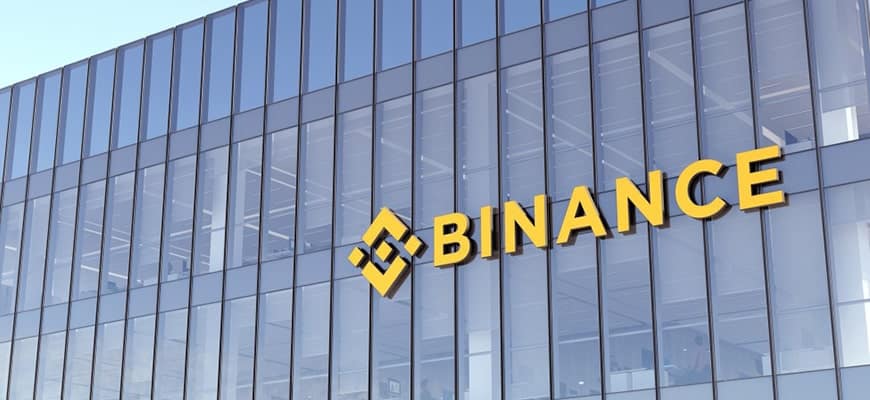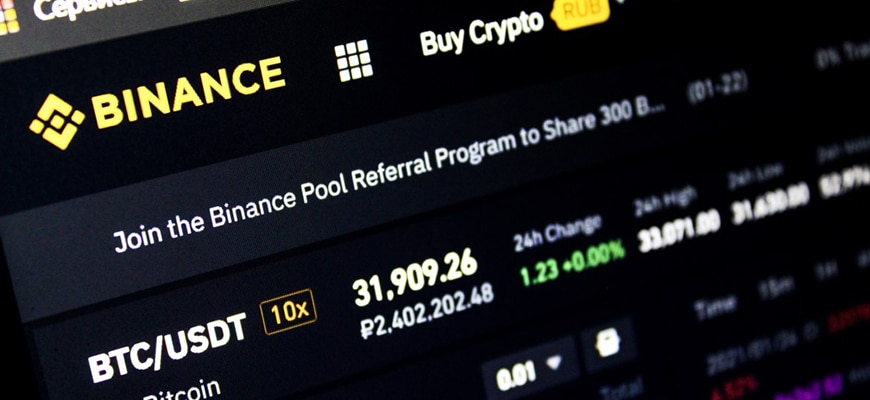Funding Payments are periodic payments between traders. They are designed to reduce the discrepancy between the perpetual market price and the spot market price.
What are Funding Payments?
Funding payments are used on cryptocurrency derivatives exchanges for perpetual contracts so that the trading price is closer to the index price of the underlying asset.Due to the fact that the perpetual contract is a derivative, its price is not always the same as the price of the underlying asset. For example, during a bull market the price of a perpetual BTC contract is usually higher than the price of BTC on the spot, because people are more bullish and expect the price to keep rising.
As a result, people have an incentive to open a position on the less popular side, which means that the price moves towards the spot price.
This is done differently on different trading floors, but usually the payout is calculated on the notional value of the trader’s position multiplied by a rate that reflects the price divergence over a certain period of time (1 hour or 8 hours). This rate is also known as the “funding rate”. The higher the price divergence in a given interval, the higher the financing rate. These rates are positive when the contract price is higher than the spot price, in which case holders of short positions receive funding payments from holders of long positions. When rates are negative, holders of long positions receive funding from holders of short positions.
The funding rate effectively reflects the cost of capital and the steepness of the futures curve, as well as indicating the sentiment of traders on a given exchange. It does not represent an interest rate or a fee that traders pay to hold a position. Rates vary freely depending on market conditions. Some exchanges set limits so that traders are not faced with extreme rates.








